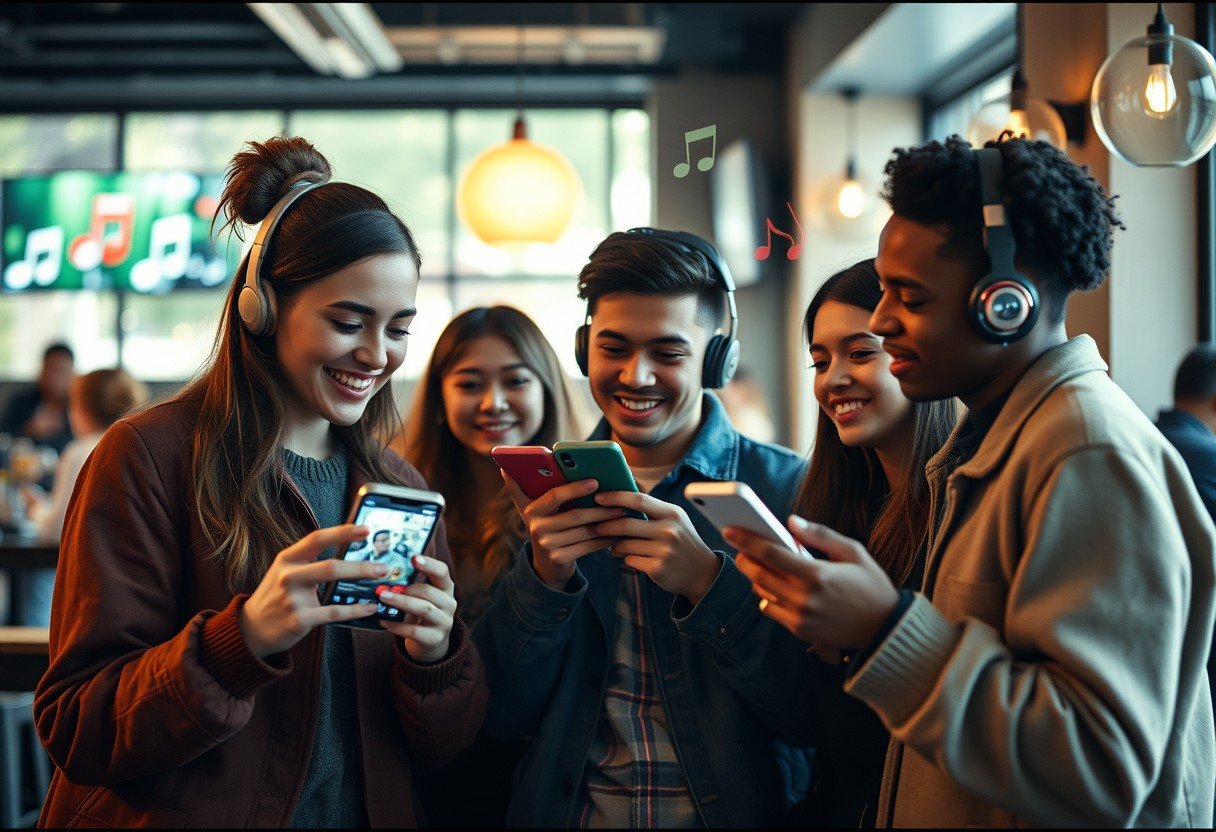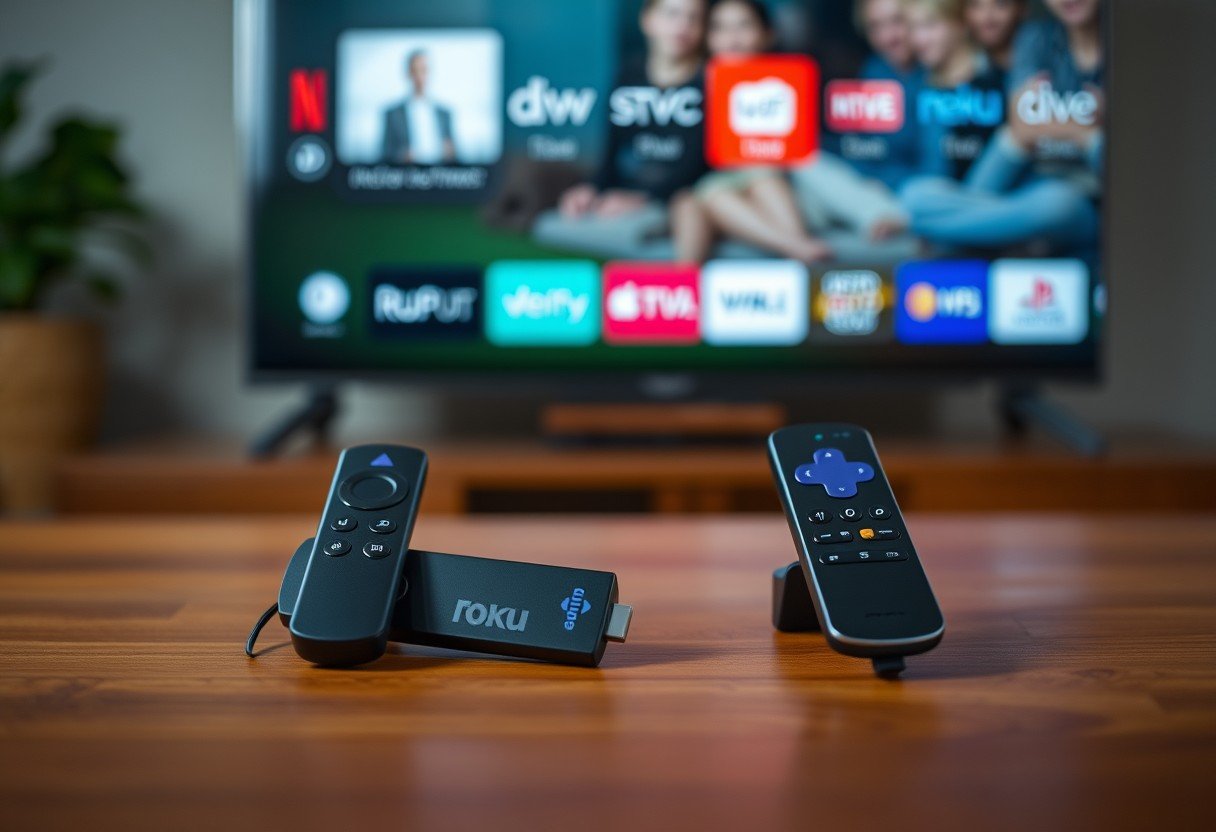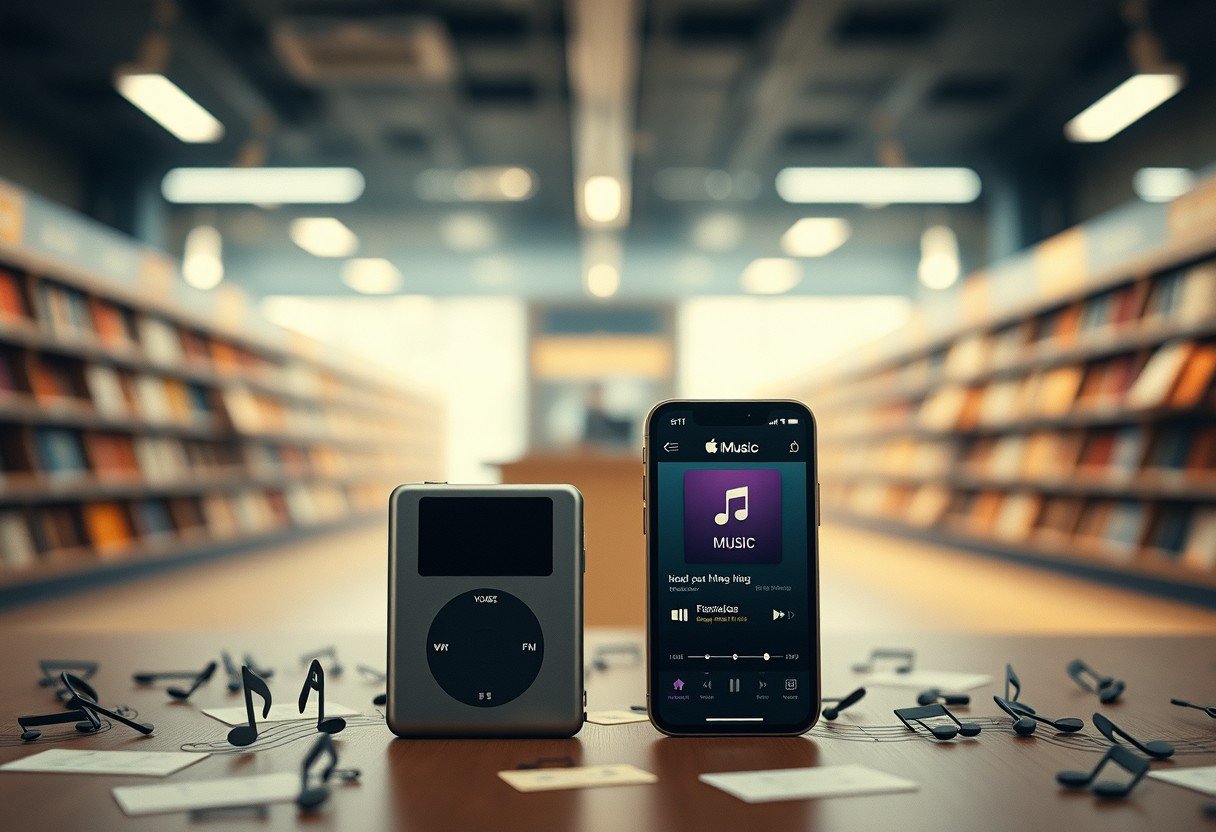Have you ever shared a Spotify playlist with a friend or checked what they were listening to? If so, you’ve used a music streaming service as a social tool. Many people wonder if platforms like Spotify and Apple Music are actually social media. The answer is complex, as these services blend personal entertainment with community features, changing how we discover, share, and connect over music. This evolution transforms a solitary listening experience into a shared, interactive one.
The Blurring Lines between Music and Social Media
At their core, music streaming platforms are designed to deliver audio content. You open the app, search for a song, and listen. For years, that was the primary function. However, as digital life became more connected, these services started adding features that look a lot like what you’d find on Facebook or Instagram.
This shift began with simple sharing buttons, allowing you to post a song to your social profiles. It has since evolved into a much deeper integration of social mechanics directly within the music apps themselves.
Today, music streaming platforms are not just libraries of songs; they are active ecosystems where users interact around the content. You are no longer just a passive listener but an active participant in a larger musical community, sharing your tastes and discovering new tracks through your network.
How You Interact Socially on Streaming Apps
The social side of music streaming comes alive through specific features designed to encourage engagement. These tools transform listening from a private activity into a public or semi-public experience, mirroring how we interact on traditional social networks.
Collaborative playlists are a perfect example. You and your friends can add songs to a shared list for a road trip or a party, creating a collective soundtrack. This simple function fosters teamwork and shared ownership over the musical experience.
Other key social actions include:
- Following friends, artists, and curators to see their listening habits and new playlists.
- Liking or adding songs to your library, which often signals your preferences to your followers.
- Viewing a “Friend Activity” feed to see what your connections are listening to in real-time.
These interactions create a continuous loop of discovery and sharing, making the platform feel more like a community hub than a simple music player.
Building Communities around Shared Tastes
Beyond one-on-one interactions, music streaming services are powerful tools for building larger communities. Algorithms play a huge role here, connecting you with other listeners who have similar tastes by recommending user-created playlists or niche genres you might enjoy.
Think about the massive playlists dedicated to specific moods, activities like “lofi beats for studying,” or hyper-specific genres. These are often created and maintained by users, and they attract thousands or even millions of followers. People who follow these playlists form a silent community, connected by a shared appreciation for a particular sound or vibe.
Artists’ profiles also serve as community centers. Fans gather on these pages to listen to new releases, save albums, and implicitly show their support. It’s a modern-day fan club, hosted right where the music lives.
The Role of Artists in This Social Ecosystem
Artists have also learned to leverage these platforms as social media channels. They no longer just upload their music and hope for the best. Musicians now use streaming services to engage directly with their fanbase, much like influencers on other platforms.
They can curate their own playlists, add short video clips to their tracks, and update their profile with tour dates and merchandise. Some platforms even allow artists to share behind-the-scenes content, creating a more intimate connection with listeners.
This direct line of communication helps artists build a loyal following and promote their music organically. When you follow an artist on Spotify, you are essentially subscribing to their updates, making the platform a vital part of their marketing strategy.
A Look at Social Features across Major Platforms
Not all music streaming services are created equal when it comes to social features. Some lean heavily into community building, while others keep the focus more on the individual listening experience. Understanding these differences can help you choose the platform that best fits your social style.
Here is a simple comparison of a few popular platforms:
| Feature | Spotify | Apple Music | SoundCloud |
| Friend Activity Feed | Yes (Desktop) | Yes (Limited) | Yes |
| Collaborative Playlists | Yes | Yes | No |
| User Profiles | Yes | Yes | Yes |
| Commenting on Tracks | No | No | Yes |
As the table shows, platforms like Spotify and SoundCloud offer more robust, public-facing social tools compared to Apple Music, which focuses more on sharing between known contacts.
Are There Downsides to This Social Shift?
While social integration has made music discovery more dynamic, it’s not without its drawbacks. One potential issue is privacy. The public nature of these features means your listening habits, from guilty pleasures to late-night sad songs, might be visible to your followers.
Additionally, the pressure to maintain a certain musical “image” can arise, similar to the pressures of curating a perfect feed on Instagram. Some users might feel compelled to listen to trendy music rather than what they genuinely enjoy. This social pressure can sometimes detract from the simple joy of listening to music for its own sake.
Ultimately, the key is balance. Most platforms offer settings to make your activity private, allowing you to engage socially on your own terms.
Frequently Asked Questions
Is Spotify technically a social media platform?
While Spotify’s main goal is music streaming, it includes many social media features like user profiles, following, sharing, and collaborative playlists. This makes it a hybrid platform that blends entertainment with social networking.
What are the most social music streaming apps?
Spotify and SoundCloud are generally considered the most social. Spotify excels with its collaborative playlists and friend activity feed, while SoundCloud allows for direct commenting on tracks, fostering strong artist-fan communities.
How do I make my listening activity private on music streaming services?
Most platforms, including Spotify, have a “Private Session” mode that temporarily hides your listening activity. You can also go into your settings to permanently disable sharing your activity with your followers.
Can music streaming be used for marketing like social media?
Absolutely. Artists and brands use music streaming platforms to grow their audience. They do this by getting on popular playlists, engaging with fans on their artist profiles, and using the platform’s social sharing features to increase visibility.
Does sharing music on these platforms help artists?
Yes, sharing music is one of the best ways to support an artist. When you share a song or add it to a public playlist, you increase its visibility and potential streams, which helps the artist reach new listeners and earn royalties.









Leave a Comment